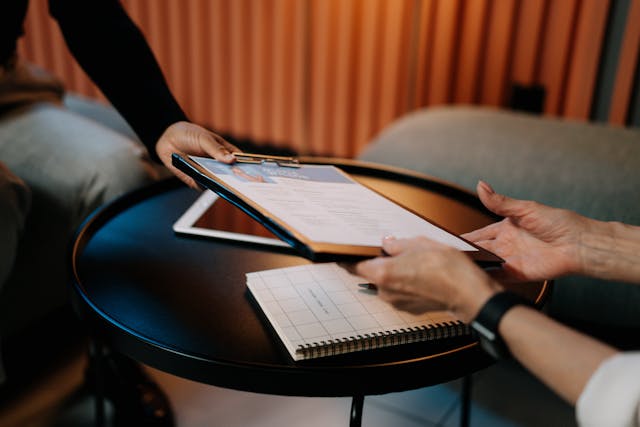ads
In the competitive world of job applications, a well-designed resume can set you apart from other candidates. While content is crucial, the visual design of your resume plays a significant role in making a memorable first impression. An attractive resume not only grabs the attention of hiring managers but also helps communicate your personal brand effectively. This article will guide you through the essentials of creating a visually appealing resume that enhances readability, showcases your skills, and reflects your professionalism.
1. Understanding the Role of Design in a Resume
The design of your resume affects how easily hiring managers can navigate and understand your qualifications. A clean, professional design ensures that your resume is not only aesthetically pleasing but also functional. Effective design highlights key information, making it easier for recruiters to quickly identify your strengths and experiences.
2. Choosing the Right Resume Format
Selecting the appropriate resume format is the first step in creating an effective design. Common formats include chronological, functional, and combination. Each format has its design considerations, such as layout and section placement, which should be chosen based on your career history and the job you’re applying for.
3. The Importance of a Professional Layout
A professional layout is essential for a visually appealing resume. Use consistent margins, spacing, and alignment to create a cohesive look. Avoid clutter by organizing information into clear sections and using bullet points to make content more digestible.
4. Selecting the Right Fonts and Typography
Fonts and typography greatly impact the readability and aesthetic appeal of your resume. Choose clean, professional fonts such as Arial, Calibri, or Helvetica. Ensure font sizes are consistent, with larger sizes for headings and smaller sizes for body text. Avoid using too many different fonts to maintain a unified look.
ads
5. Utilizing White Space Effectively
White space, or the empty space around text and graphics, is crucial for a well-designed resume. It helps to prevent your resume from appearing cluttered and makes it easier for readers to focus on key information. Use white space strategically to balance text and visual elements.
6. Incorporating Colors Wisely
Colors can enhance your resume design but should be used sparingly. Stick to a professional color scheme that complements your industry. Use colors to highlight important sections or details, but avoid overly bright or distracting hues that can detract from the content.
7. Adding Visual Elements
Incorporating visual elements such as icons, graphs, and charts can make your resume stand out. Use these elements to illustrate key achievements or skills, but ensure they are relevant and do not overwhelm the text. Visuals should enhance, not distract from, your resume content.
8. Ensuring Consistency in Design
Consistency is key in resume design. Maintain uniformity in font styles, sizes, and color schemes throughout your resume. Consistent design elements create a polished and professional appearance, making your resume easier to read and navigate.
9. Highlighting Key Sections with Design
Design can be used to draw attention to important sections of your resume. Use bold headings, colored section dividers, or shaded backgrounds to highlight sections like your summary, skills, and experience. This helps ensure that key information is easily accessible.
ads
10. Creating a Customized Header
Your resume header is the first thing recruiters see, so make it stand out. Include your name, contact information, and professional title in a clear, prominent header. Consider using a slightly larger font or a different color to differentiate the header from the rest of your resume.
11. Balancing Text and Design
Achieving the right balance between text and design is crucial for readability. Avoid overloading your resume with too much information or excessive design elements. Ensure that design elements complement the text and do not obscure important details.
12. Adapting Design for Different Industries
Different industries have varying expectations for resume design. For example, creative fields may allow for more innovative designs, while traditional industries may prefer a more conservative approach. Tailor your resume design to align with industry standards and expectations.
13. Proofreading and Finalizing Your Design
Before finalizing your resume design, thoroughly proofread it to ensure there are no errors or inconsistencies. Check for spelling and grammatical mistakes, as well as design issues such as misaligned text or incorrect colors. A polished, error-free resume reflects your attention to detail.
14. Using Resume Templates
Resume templates can provide a starting point for your design, but it’s important to customize them to reflect your personal brand. Choose templates that align with your industry and adjust the design elements to suit your style and preferences.
15. Seeking Professional Design Assistance
If you’re unsure about your design skills, consider seeking professional assistance. Resume designers can help create a visually appealing resume that effectively showcases your qualifications and stands out to employers. Professional input can enhance the overall quality of your resume.


